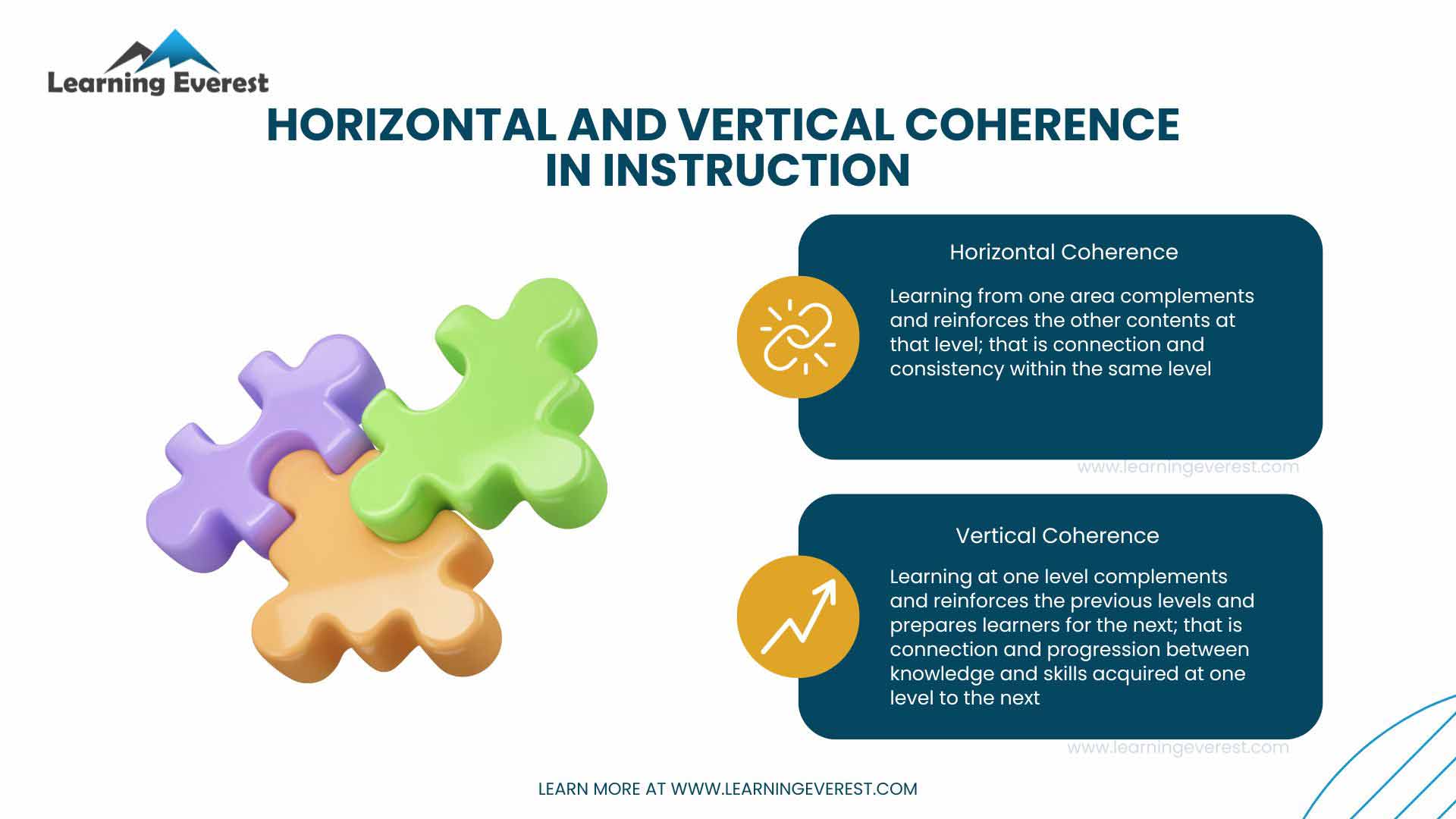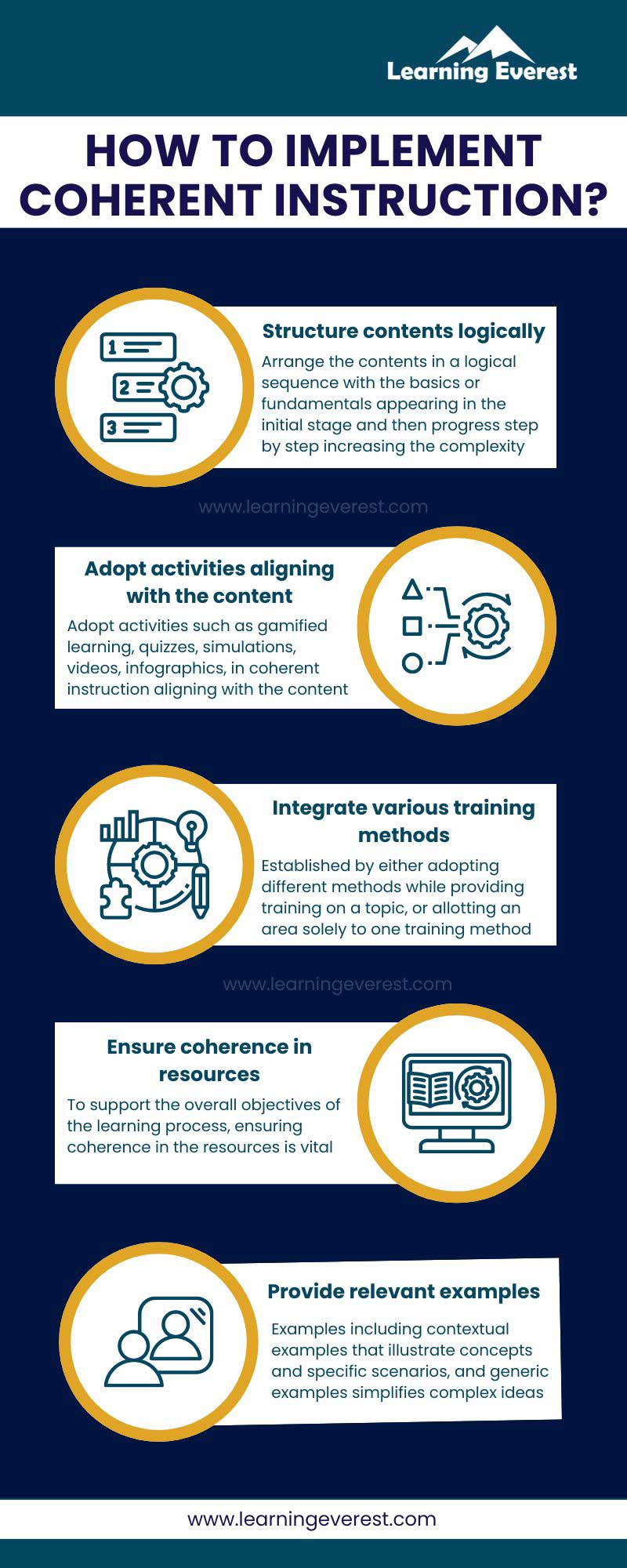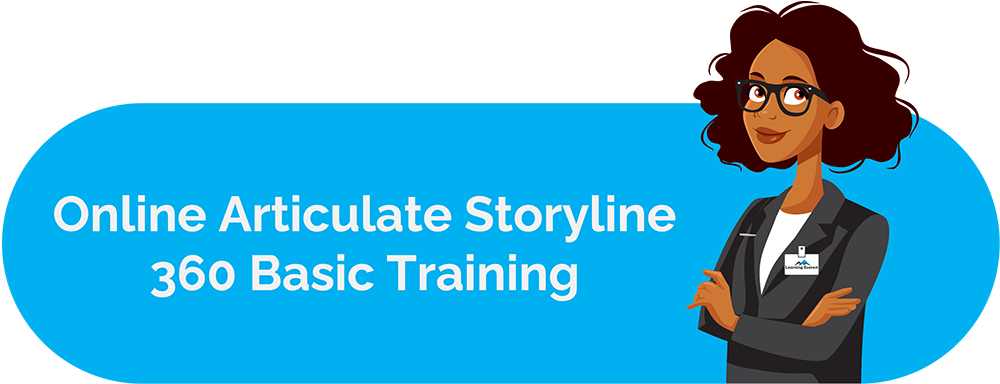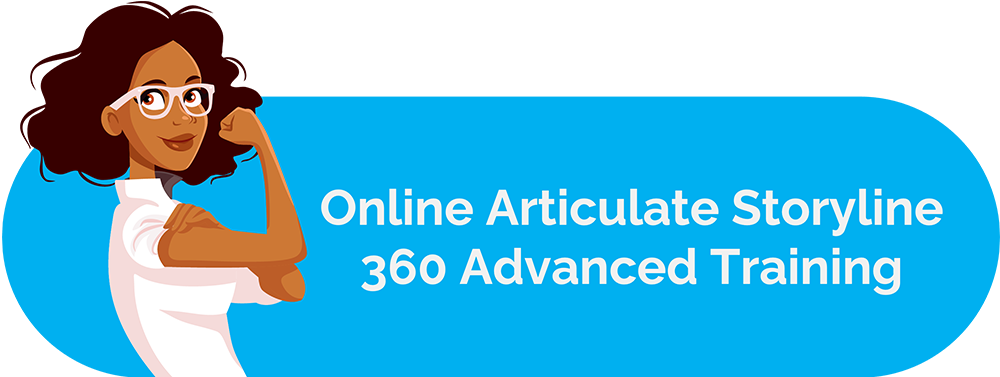Coherent Instruction is ideal in every learning situation. It provides a structured connection between the concepts and facilitates improved learner comprehension.
Table of Contents
The following paragraphs will offer insights into what coherent instruction is, its types, benefits, and implementing coherent instruction in L&D programs.
What is Coherent Instruction?
Before moving on to the definition, ponder on which one is effective: Logically structured content connecting one concept with the next or disjointed and fragmented information? The former is what learners strive for, right? Coherence is a key component of effective learning. Coherent Instruction is a structured logical training with a logical connection between one concept and the other. The learners find coherent instruction effective in retaining the knowledge gained and keep engaged in the learning process.
Types of Coherence in Instruction
Organizations incorporate coherent instruction in their training to maximize learning outcomes through connecting concepts. Coherence in Instruction can be horizontal or vertical.

Horizontal and Vertical Coherence in Instruction
Horizontal Coherence
Horizontal coherence in instruction refers to the connection and consistency within the same level. Learning from one area complements and reinforces the other contents at that level. The knowledge and skills acquired at one level should align with the other learning activities at that level—for instance, consistency in the training offered to different departments within an organization.
Vertical Coherence
Vertical coherence, on the other hand, is the connection and progression between knowledge and skills acquired at one level to the next. Learning at one level complements and reinforces the previous levels and prepares learners for the next. For instance, the learners begin the training by understanding the fundamentals of a concept and then progressing toward advanced-level concepts building upon the previous knowledge.
Benefits of Coherent Instruction
Learning and Development programs attain high proficiency with coherent instruction. Fragmented and incoherent learning experience affects the comprehension of the concepts thereby hindering skill attainment. The major benefits of coherent instruction are:
Increased learner engagement
The logical connection and cohesion in coherent instruction attract the learners toward the training and keep them engaged in the learning process. According to the statistical data by Growth Engineering, “90% of learning professionals agree that learner engagement is important within a learning system.” The structured and organized nature of coherent instruction helps learners link their present learning with previous learning making them stay engaged in the learning process.
Elevated attainment of learning outcomes
The rate at which the learners attain the learning outcomes determines the efficiency of every training program. The sequential connection and reinforcement of the content motivate the learners to get immersed in the learning process motivating them to attain the desired outcomes. In addition, coherent instruction ensures that the learning objectives for each topic are in line with those of the preceding ones, promoting a substantial interrelation between the concepts.
Increased knowledge retention
Coherent Instruction is a highly result-yielding learning method as it offers learners opportunities to revisit and reinforce the concepts. Studies reveal that “repetition can improve long-term memory by 35%.” (Source: Getbridge). In this manner, this strategy contributes to higher knowledge retention and promotes a greater understanding of the ideas.
Minimized cognitive load
Cognitive overload is a significant concern in most L&D programs as the learners can feel intimidated and overwhelmed by the huge repository of facts. This can be prevented by coherent instruction that establishes a sequential and logical connection between one concept to the other. This integrated learning experience serves to alleviate the need for shifting cognitive focus, contributing to an enhanced learning process.
Coherent Instruction ensures that content is presented in a logically structured, sequential manner ensuring connection between the concepts leading to higher learner engagement, learning goal attainment, long-term retention of the learning, and reducing cognitive load contributing to knowledge gain and skill attainment.
How to Implement Coherent Instruction in L&D Programs
With the diverse benefits of retaining knowledge and enhanced learning outcomes, it is crucial for organizations to implement coherent instruction in their L&D programs. To ensure cohesion and effectiveness of the learning content, the following practices can be adopted.
Structure contents logically
The most crucial step in encouraging coherent instruction is to structure the contents logically. At the planning stage of designing training programs, arrange the contents in a logical sequence with the basics or fundamentals appearing in the initial stage and then progress step by step increasing the complexity. In addition, offering a recap or a knowledge check on the previous topics before the start of another topic can ensure reinforcement of the learning.
Adopt activities aligning with content
To enhance the efficiency in retaining concepts, adopt activities in coherent instruction aligning with the content. These can include gamified learning, quizzes, simulations, videos, infographics, microlearning, discussions, etc. to enhance the learning process. L&D must ensure that the coherent instruction connects with the participants through increased activities.
Integrate various training methods
Integrating various learning methods and mediums can ensure the effective delivery of coherent instruction. The training methods can be ILT or VILT, eLearning, blended learning, workshops, etc. Integration of the training methods can be established by either adopting different methods while providing training on a topic, or allotting an area solely to one training method and incorporating another method for another topic. Moreover, the training professionals can decide upon an engaging platform to promote the best learning.
Ensure coherence in resources
To support the overall objectives of the learning process, ensuring coherence in the resources is vital. A Learning Management System (LMS) with “approximately 73.8 million users” most crucial resource in training. (Source: Office for National Statistics, 2019). Coherence in LMS includes aligning courses, modules, and assessments in a sequential order. Similarly, all the training resources need to be coherent to fulfill coherent instruction.
Provide relevant examples
Providing real-world scenarios connecting one with the other is a best practice for implementing coherent instruction. The examples can include contextual examples that illustrate concepts and techniques establishing logical connections, role-specific scenarios, and generic examples. They contribute to coherent instruction by simplifying complex ideas and creating connections across topics to reinforce the learning. In addition, the practical examples provide a holistic idea of the concepts.
Conclusion
Implementing coherent instruction in L&D is a transformative strategy that enhances the effectiveness of training. Organizations can foster a proficient learning environment through coherent instruction. Coherent Instruction involving structured logical training with a logical connection between one concept and the other is effective in retaining the knowledge gained and keeping the learners engaged in the learning process. Coherence in instruction can be horizontal or vertical.
The significant benefits offered by coherent instruction are that it increases learner engagement, elevates attainment of learning outcomes, increases knowledge retention, and minimizes cognitive load to bridge the gap between the concepts. To implement efficient coherent instruction in Learning and Development, practices such as structuring contents logically, adopting activities aligning with the content, integrating various training methods, ensuring coherence in resources, and providing relevant examples should be used. Incorporating coherent instruction is therefore pivotal in achieving an effective and impactful learning experience. It is suggested that organizations encourage coherent instruction in their learning and development programs to ensure utmost attainment of training goals and long-term success and development.
Infographic

How to Implement Coherent Instruction
Knowledge Check!
Frequently Asked Questions (FAQs)
What is coherent instruction?
Coherent Instruction is a structured logical training with a logical connection between one concept and the other. The learners find coherent instruction effective in retaining the knowledge gained and keep engaged in the learning process.
What are the types of coherence?
Coherence in instruction can be horizontal or vertical. Horizontal coherence in instruction refers to the connection and consistency within the same level. Vertical coherence, on the other hand, is the connection and progression between knowledge and skills acquired at one level to the next.
What are the benefits of coherent instruction?
The significant benefits offered by coherent instruction are that it increases learner engagement, elevates attainment of learning outcomes, increases knowledge retention, and minimizes cognitive load to bridge the gap between the concepts.






